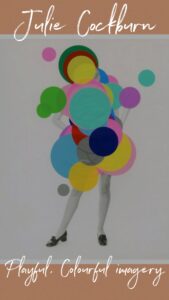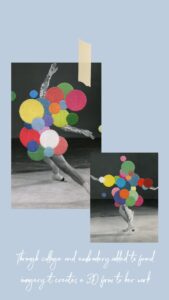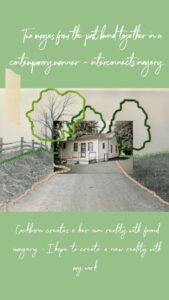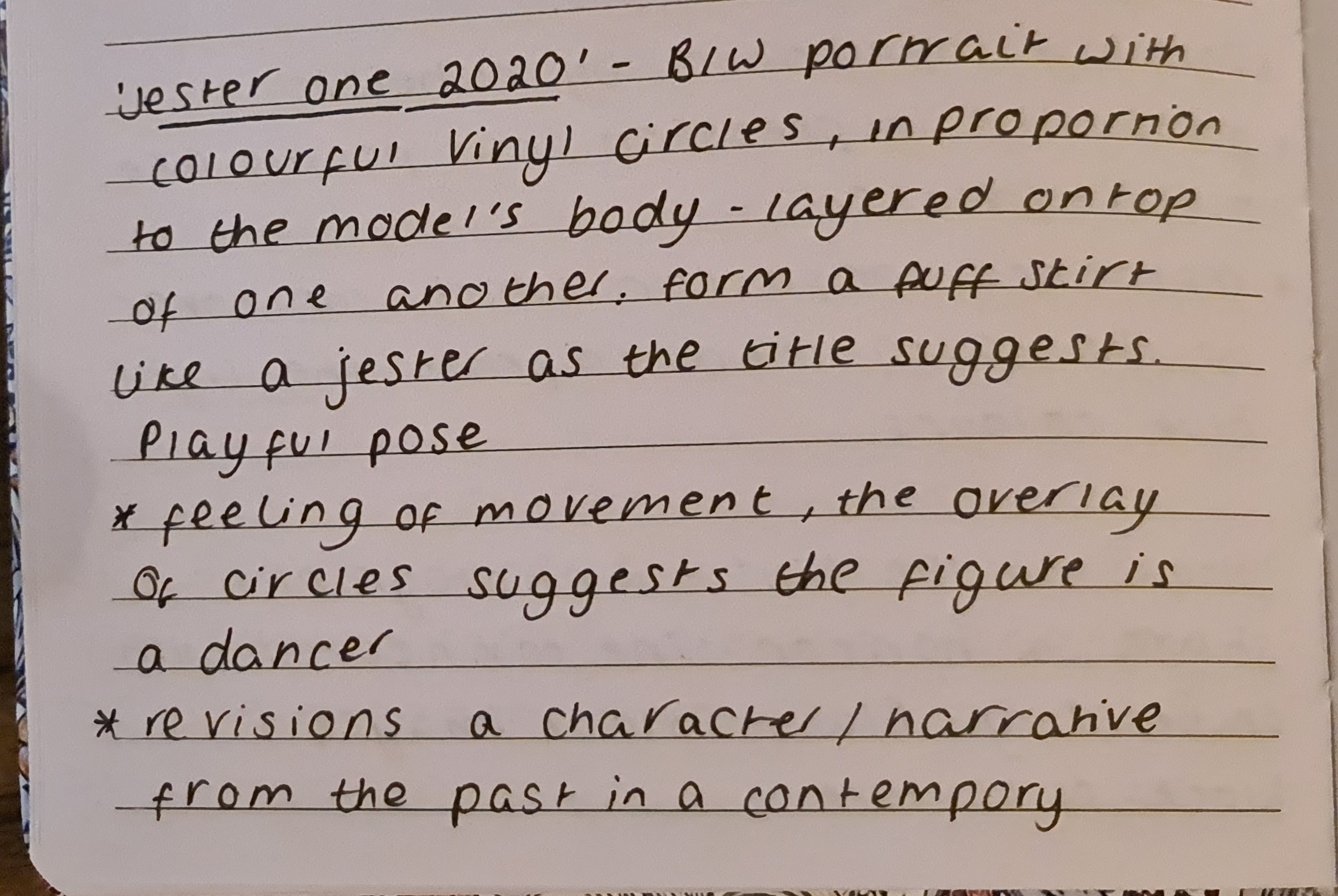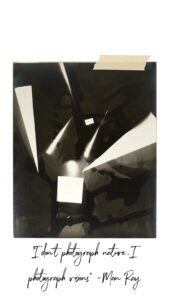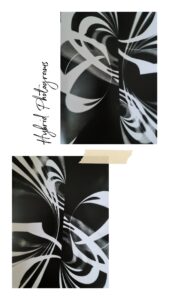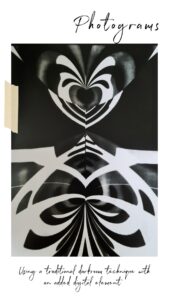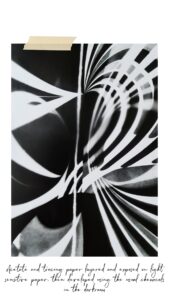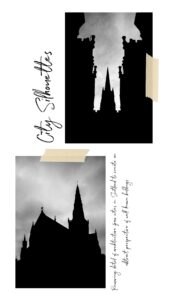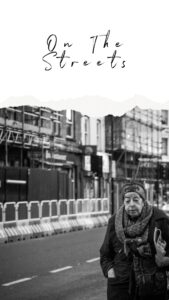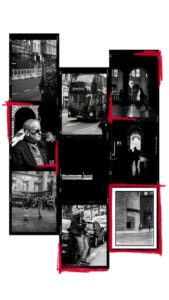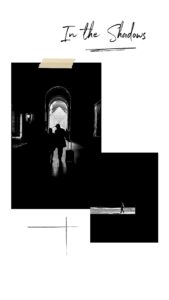Colour Photographs
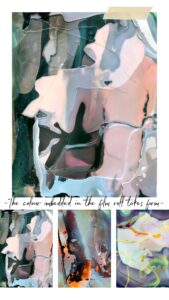

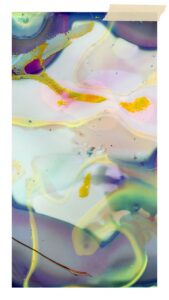
Daisuke Yokota creates extraordinarily vibrant abstracts by simply getting unused film and developing them with different chemicals to unravel their natural reaction. The process uncovers an explosion of colours which interact with each other in different ways in order to reveal the films true nature and physicality of it.
The series is truly beautiful all created without a camera just materials. After creating prints Yokota then scans his results. I would like to explore this technique – looking at the chemical reaction to create individual and non-structured prints.


